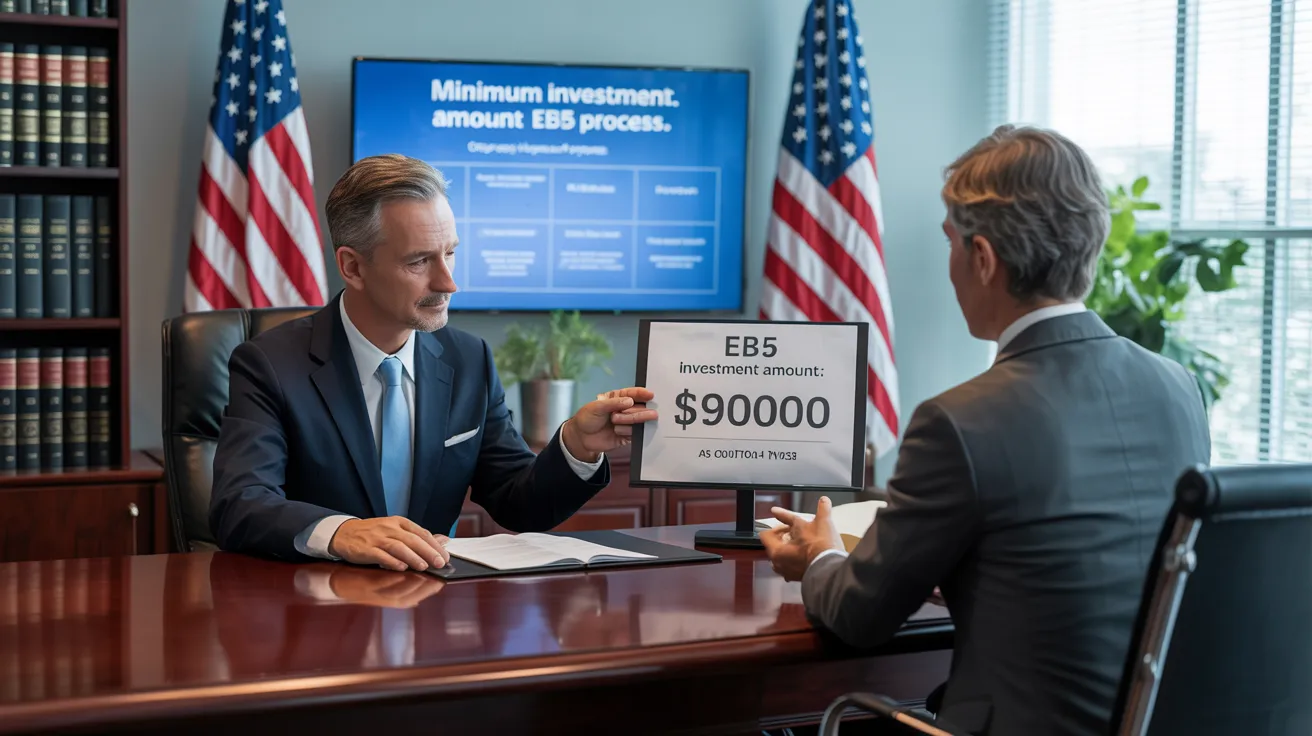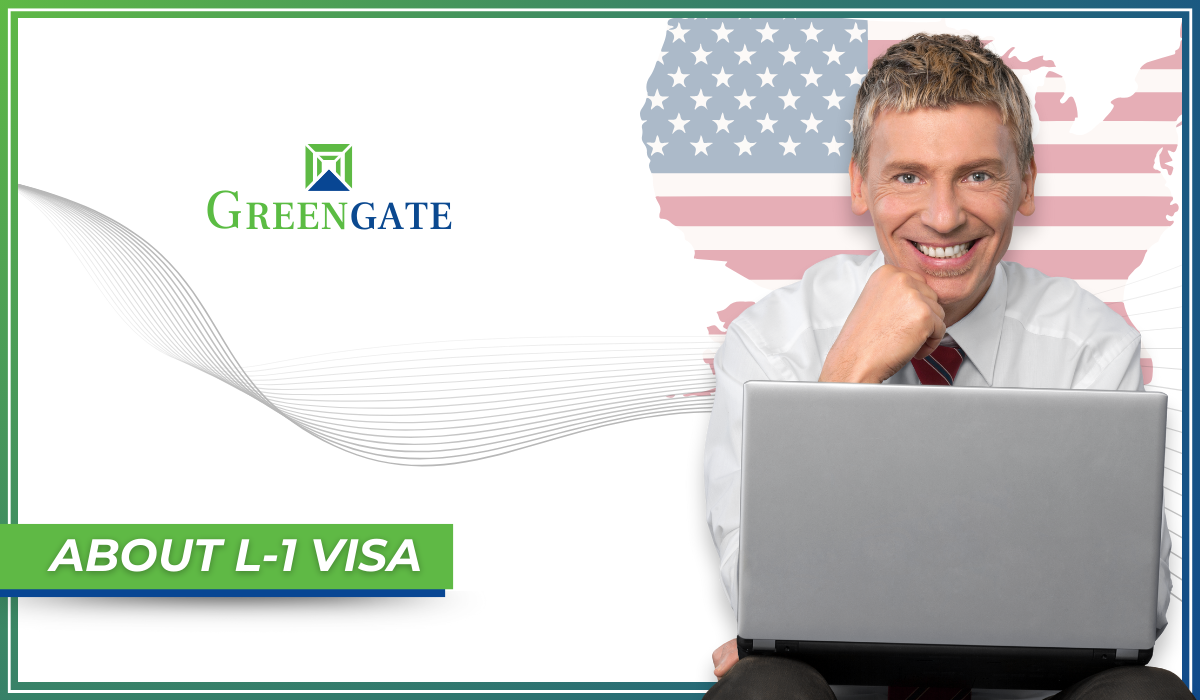The Only Guide for L1 Visa
Table of Contents8 Simple Techniques For L1 VisaSome Known Incorrect Statements About L1 Visa A Biased View of L1 VisaL1 Visa Things To Know Before You BuyThe 9-Second Trick For L1 VisaThe smart Trick of L1 Visa That Nobody is Discussing
Available from ProQuest Dissertations & Theses Worldwide; Social Science Costs Collection. (2074816399). (PDF). Congress. (PDF). DHS Workplace of the Inspector General. (PDF). (PDF). "Nonimmigrant Visa Data". Obtained 2023-03-26. Department of Homeland Safety Workplace of the Inspector General, "Evaluation of Susceptabilities and Possible Abuses of the L-1 Visa Program," "A Mainframe-Size Visa Technicality".
U.S. Division of State. Retrieved 2023-02-08. Tamen, Joan Fleischer (August 10, 2013).
The Ultimate Guide To L1 Visa
In order to be qualified for the L-1 visa, the foreign company abroad where the Beneficiary was employed and the united state business have to have a certifying partnership at the time of the transfer. The different kinds of qualifying partnerships are: 1. Parent-Subsidiary: The Parent indicates a firm, firm, or various other lawful entity which has subsidiaries that it possesses and controls."Subsidiary" suggests a company, firm, or various other legal entity of which a parent owns, straight or indirectly, greater than 50% of the entity, OR has less than 50% yet has monitoring control of the entity.
Example 1: Company A is integrated in France and uses the Recipient. Business B is included in the united state and wishes to seek the Recipient. Firm A possesses 100% of the shares of Company B.Company A is the Parent and Business B is a subsidiary. There is a certifying connection between the two business and Firm B must be able to sponsor the Beneficiary.
Business A has 40% of Firm B. The continuing to be 60% is owned and managed by Company C, which has no relation to Business A.Since Firm A and B do not have a parent-subsidiary partnership, Company A can not sponsor the Beneficiary for L-1.
Instance 3: Firm A is included in the U.S. and intends to request the Recipient. Firm B is incorporated in Indonesia and utilizes the Recipient. Firm A has 40% of Business B. The staying 60% is possessed by Firm C, which has no relationship to Business A. Nevertheless, Business A, by official agreement, controls and full handles Business B.Since Firm A possesses less than 50% of Company B however takes care of and controls the firm, there is a certifying parent-subsidiary connection and Firm A can fund the Recipient for L-1.
L1 Visa Fundamentals Explained
Business B is integrated in the U.S.
Some Known Details About L1 Visa

The L-1 visa is an employment-based visa category developed by Congress in 1970, enabling multinational firms to transfer their supervisors, execs, or crucial employees to their united state operations. It is commonly described as the intracompany transferee visa. There are 2 major kinds of L-1 visas: L-1A and L-1B. These types are ideal for employees hired in various placements within a business.

Additionally, the beneficiary has to have functioned in a supervisory, exec, or specialized employee setting for one year within the 3 years preceding the L-1A application in the foreign company. For brand-new office applications, foreign employment must have been in a managerial or executive ability if the recipient is pertaining to the United States to function as a supervisor or exec.
The Of L1 Visa

If given for an U.S. firm operational for greater than one year, the preliminary L-1B visa is for up to three years and can be extended for an added two years (L1 Visa). On the other hand, if the united state company is freshly established or has been functional for less than one year, the initial L-1B visa is issued for one year, with expansions available in two-year increments
The L-1 visa is an employment-based visa group established by contact us Congress in 1970, allowing multinational firms to move their supervisors, executives, or crucial employees to their U.S. operations. It is typically referred to as the intracompany transferee visa. There are 2 primary kinds of L-1 visas: L-1A and L-1B. These kinds appropriate for staff members hired in different settings within a company.
3 Easy Facts About L1 Visa Shown
Additionally, the beneficiary has to have operated in a supervisory, exec, or specialized employee placement for one year within the 3 years coming before the L-1A application in the international business. For new workplace applications, foreign work has to have remained in a managerial or executive capacity if the beneficiary is pertaining to the United States to work as a manager or exec.
for approximately seven years to supervise the procedures of the U.S. affiliate as an exec or manager. If provided for an U.S. business that has been functional for even more than one year, the L-1A visa is at first granted for approximately three years and can be expanded in two-year increments.
If granted for an U.S. firm operational for greater than one year, the preliminary L-1B visa is for as much as three years and can be prolonged for an extra two years. On the other hand, if the united state company is newly established or has been operational for much less than one year, the initial L-1B L1 Visa requirements visa is released for one year, with extensions readily available in two-year increments.